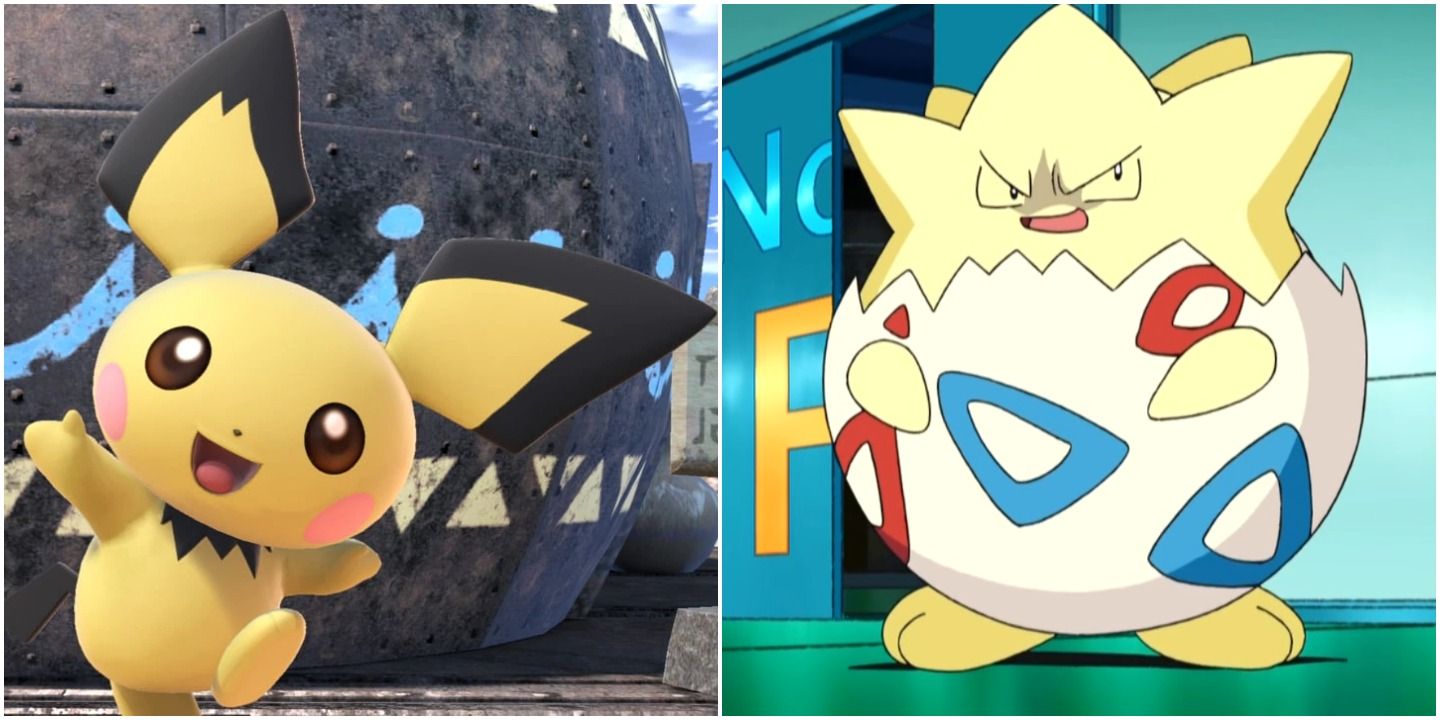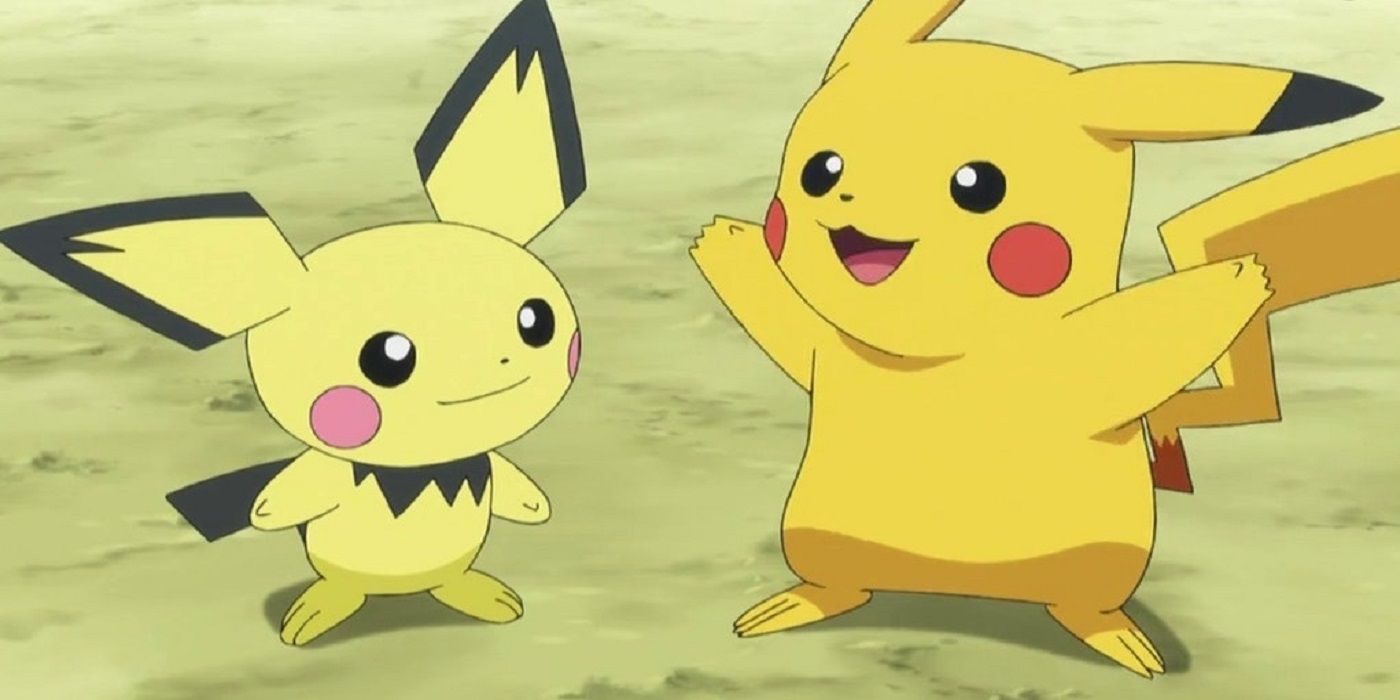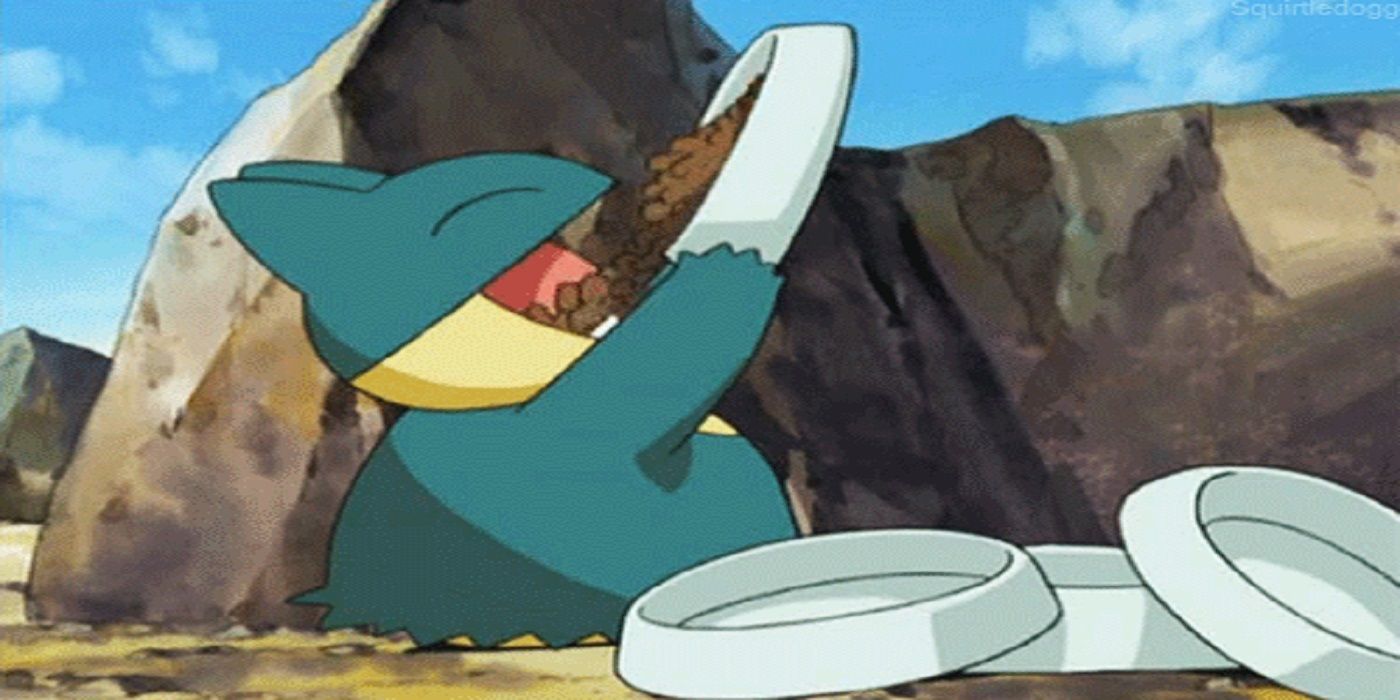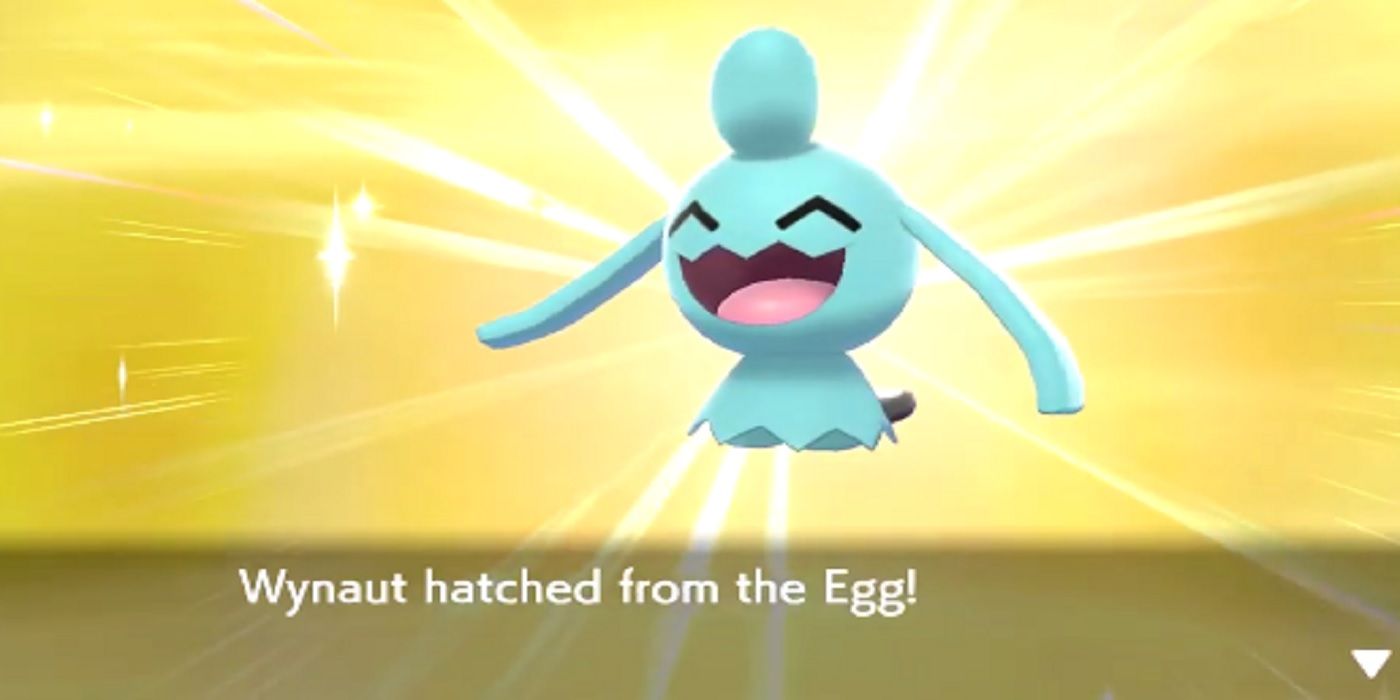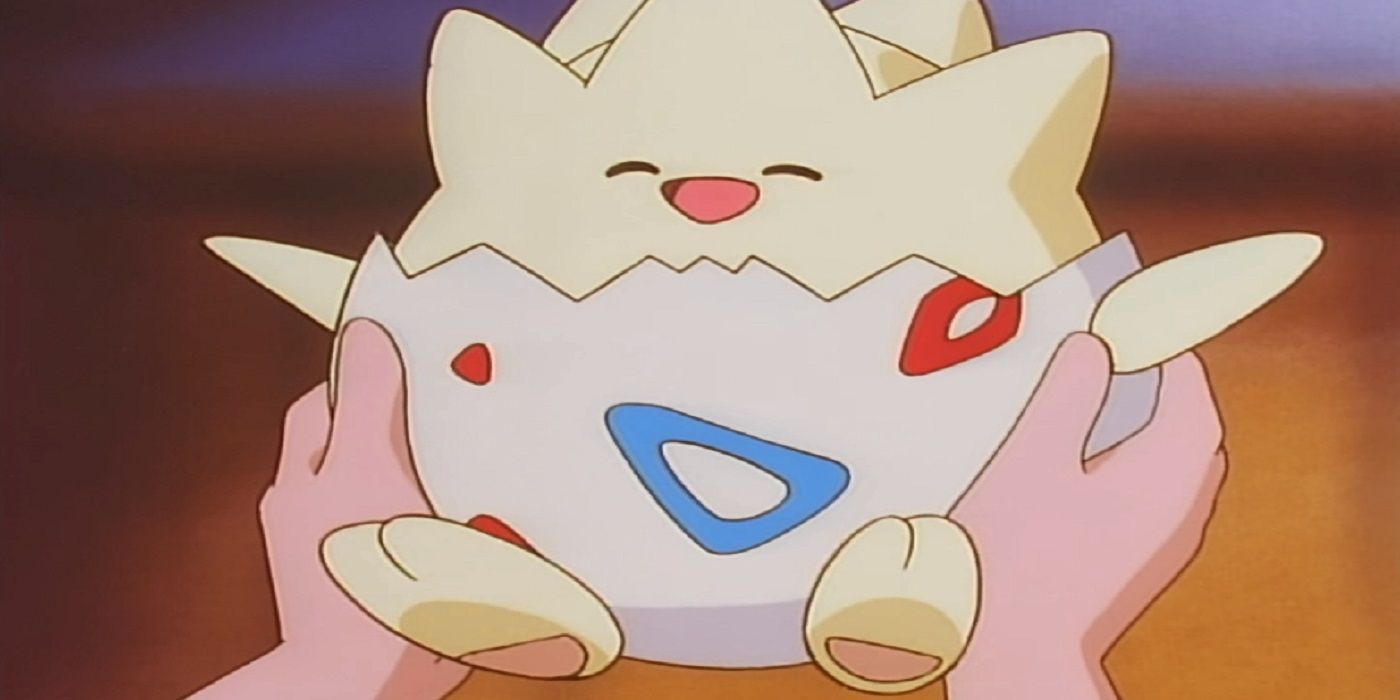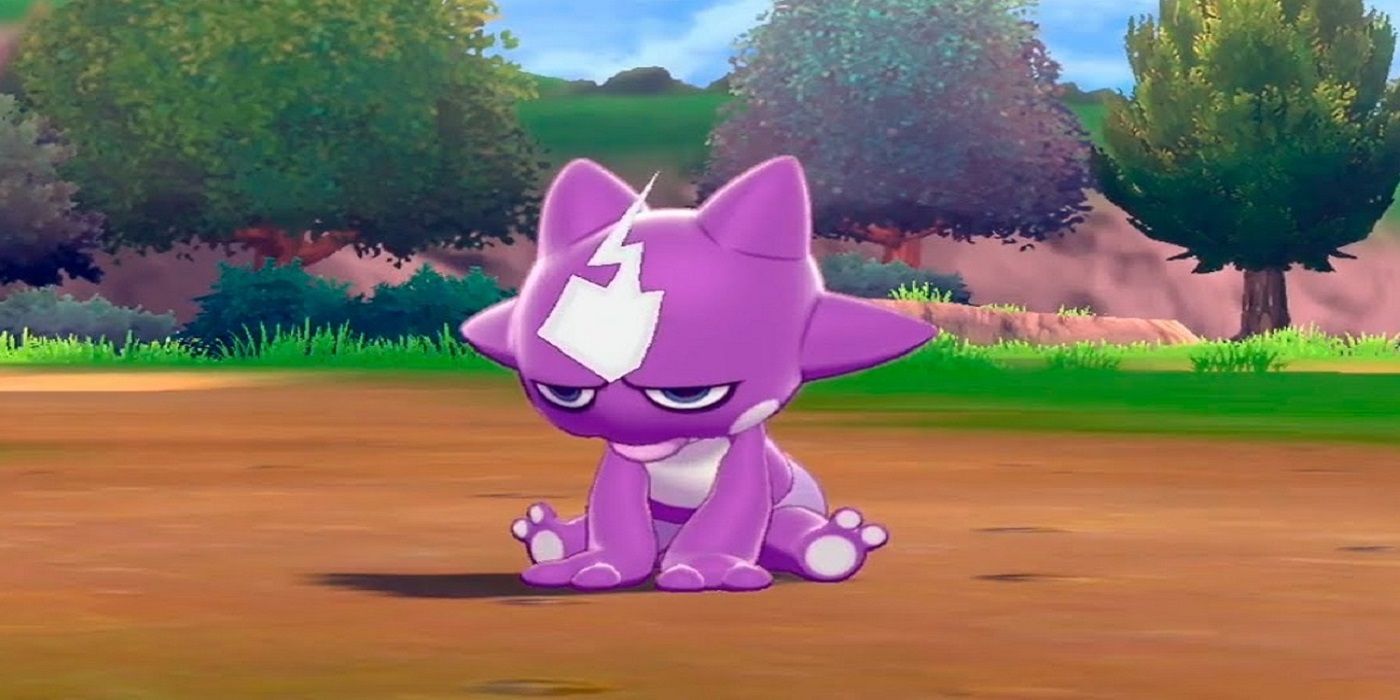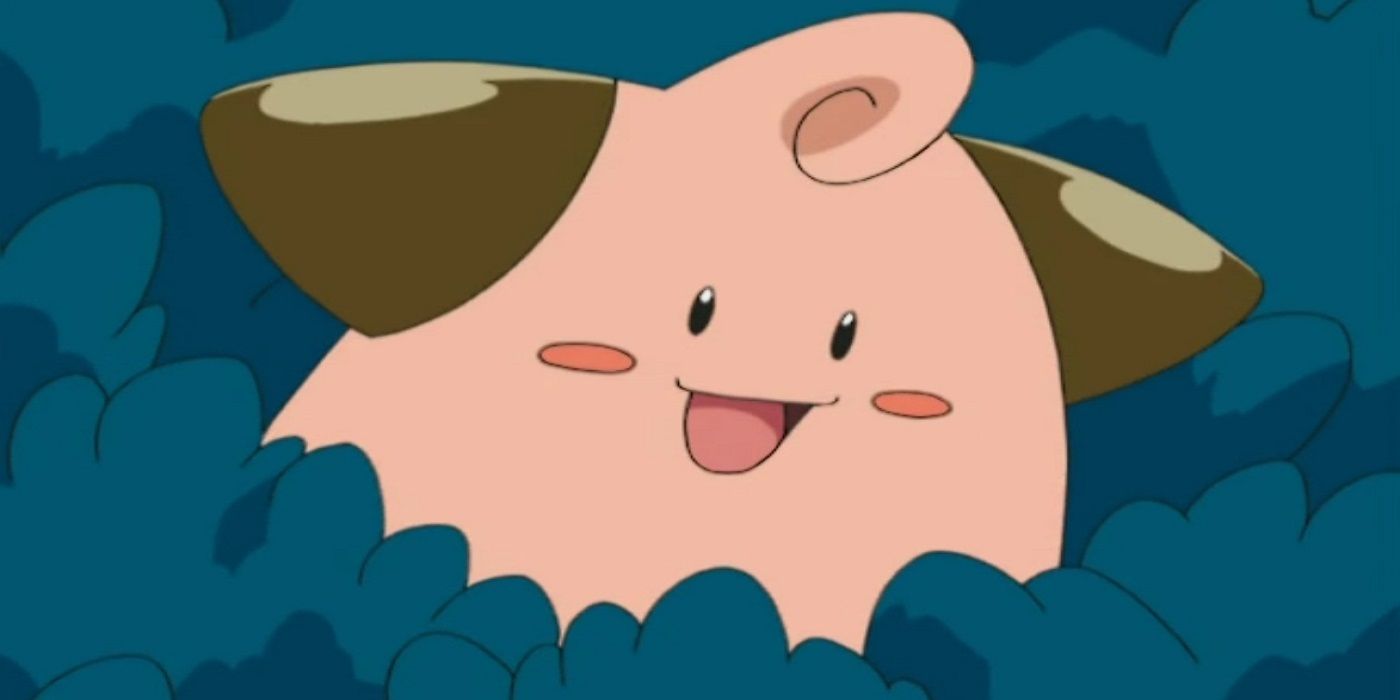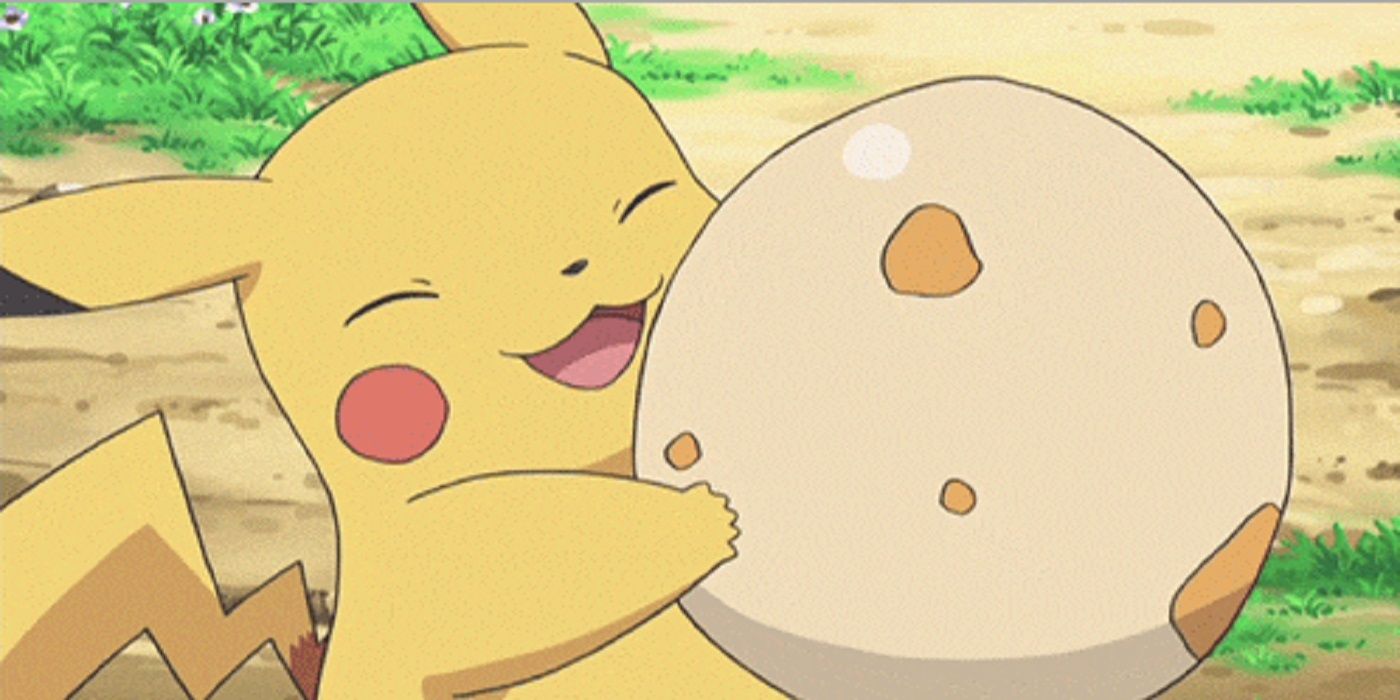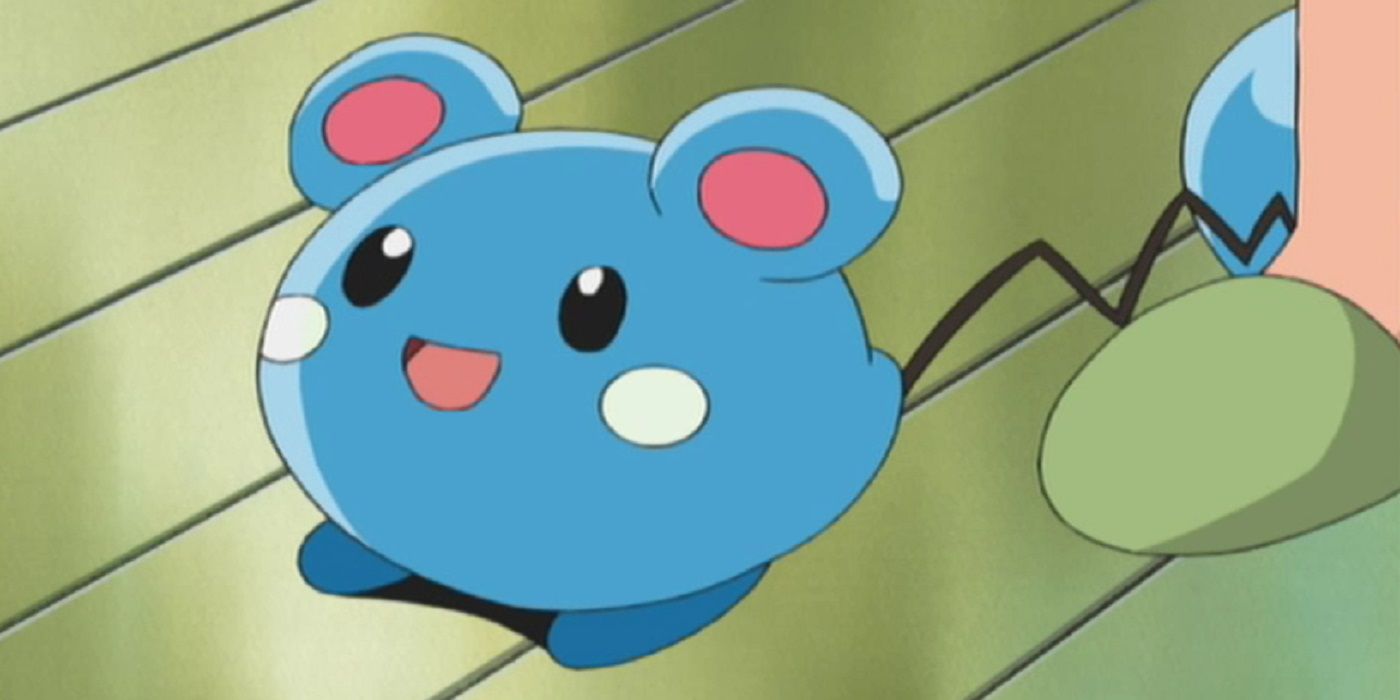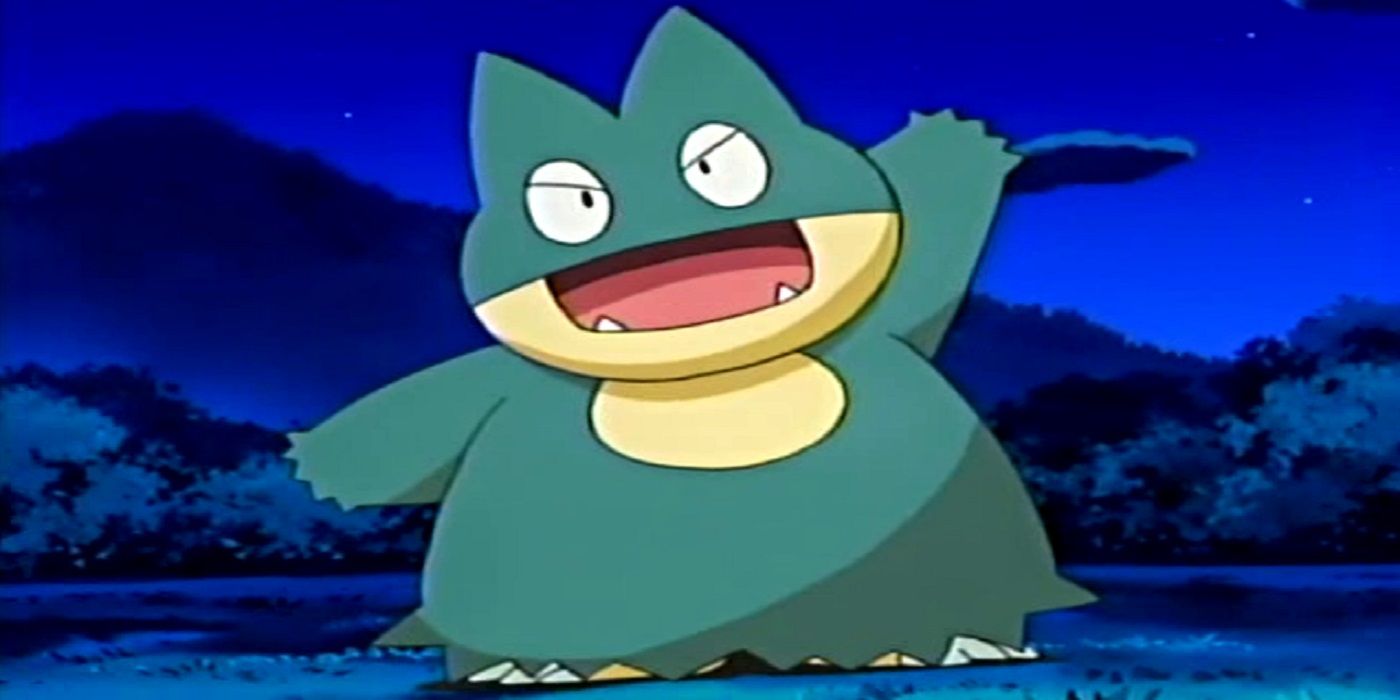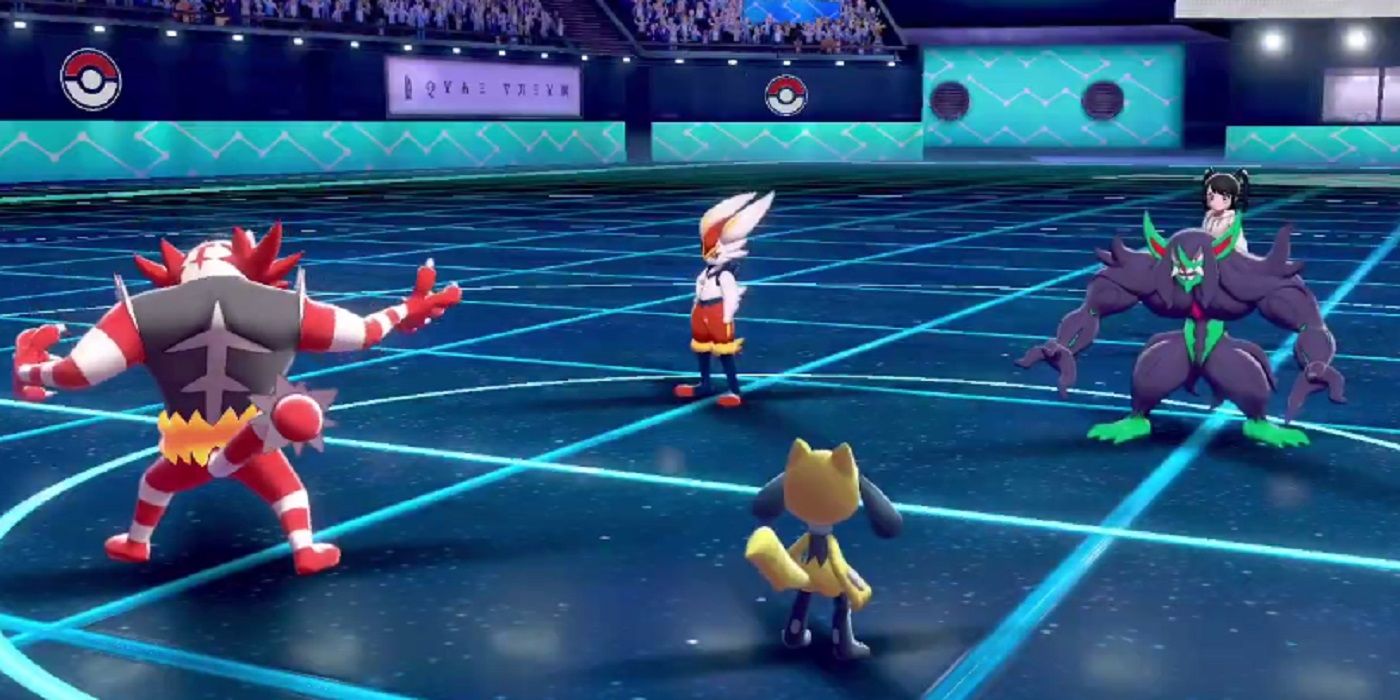In the world of Pokémon, there are many mysteries that may completely baffle new players. The finer points of the type chart, for instance (why are Bug- and Ice-types so sub-par?), or why Ghost Pokémon seem to be committed to being so terrifying.
Another curious aspect of the series is the logic behind Baby Pokémon. How were they retconned in so comparatively late? Where were they before? Why do only certain species have them? Here are the answers to some of the most important questions surrounding these adorable critters.
10 Who Was The First Person To Discover Pichu?
Needless to say, one of the most notable Baby Pokémon is Pichu, the teenier, even cuter version of the much-beloved Pikachu. Pichu arrived a generation later, with Pokémon Gold & Silver (the games that introduced the concepts of breeding to the franchise). Who discovered its existence, though?
It probably won’t come as much of a surprise to learn that Professor Elm of Johto is the man who found that Pikachu is an evolved Pokémon. Elm’s research taught the world of the existence of Pokémon Eggs in general, and generations of competitive battlers are surely thankful to him for it.
9 How Does A Player Breed For A Munchlax?
Speaking of which, it stands to reason that a Baby Pokémon would hatch from a Pokémon Egg. Curiously, though, this isn’t always the case. The mighty Normal-type Snorlax, in the Day Care with a compatible partner, will produce eggs that hatch only other Snorlax, never Munchlax.
How does the player correct this? Fill them up! Equip the Snorlax with a Full Incense before depositing it, then the eggs will hatch Munchlax instead. The Incense items are the key to hatching a lot of Baby Pokémon.
8 How Do The Incenses Tie Into Things?
Lots of Baby Pokémon were introduced after their evolved forms already existed. This created a bit of a logical conundrum when it came to breeding. To work around it, the Incenses — items which have a range of battle effects, such as the Luck Incense doubling money earned — have a secondary effect of causing Pokémon Eggs to hatch Baby Pokémon.
The Odd Incense, for instance, will cause Mime Jr. eggs to be produced where Mr. Mime eggs usually would, while the Rose Incense will result in Budew eggs rather than Roselia ones. It’s a little awkward (and irrelevant in a lot of cases), but that’s the mechanic.
7 How Do They Evolve?
If players breed for Baby Pokémon rather than their evolutions, it’s safe to assume that they’re in it for the long haul. A Baby isn’t (usually) going to want to hop into Pokémon battles right from the off, so trainers need to put in the effort.
To reflect this, Baby Pokémon typically evolve in the same way: when their Friendship level is high enough. Chingling requires this to be done at night, while it must be done during the day for Happiny and Budew. There are only a few exceptions: Wynaut simply evolves by leveling up (level 15), as does Toxel (level 30), Bonsly and Mime Jr. must level up while knowing Mimic, and Mantyke needs to gain a level while there’s a Remoraid in the party.
6 How Many Baby Pokémon Are There?
With breeding being such a central mechanic to competitive play, players might expect there to be many different species of Baby Pokémon. However, the definition of ‘Baby Pokémon’ is surprisingly strict (more on that in the next entry), and only 19 different species technically qualify.
In Generation order, these Pokémon are: Cleffa, Elekid, Igglybuff, Magby, Pichu, Smoochum, Togepi, Tyrogue, Azurill, Wynaut, Bonsly, Budew, Chingling, Happiny, Mantyne, Mime Jr., Munchlax, Riolu, and Toxel.
5 How Are They Different From Regular First Form Pokémon?
The most confusing issue surrounding Baby Pokémon, then, is the difference between them and regular unevolved Pokémon. Why, say, doesn’t the formidable Grass-type starter Bulbasaur count as a baby Venusaur?
There are more technical factors involved than being teeny and super huggably cute (which Bulbasaur definitely is). From a mechanics standpoint, the most important thing is that Baby Pokémon can’t breed and will never produce eggs. Further, as defined by Bulbapedia, they must be the first of at least one evolution and be available through breeding (via Incenses).
4 What Is Their Connection To Legendary Pokémon?
If there are any two types of Pokémon that are just destined to be polar opposites, fans might think, it would be Baby Pokémon and Legendary Pokémon. After all, the former are tiny, cute and harmless, while the latter tend to be enormous, slavering powerhouses the size of the Chrysler Building. Even so, there’s a very interesting link between the two groups.
Legendary and Baby alike are almost exclusively in the Undiscovered Egg Group. Beyond oddities like Unown (and Nidorina and Nidoqueen), all Pokémon in this group fit into one or the other category. The classification is just a fancy way of saying that these critters can’t breed, but it’s an interesting point regardless.
3 Which Baby Pokémon Has The Worst Stats?
It probably goes without saying that Baby Pokémon are very, very rare sights in battle. Owing to the fact that they’ve got a heck of a lot of evolving to do, their stats are almost exclusively very low across the board (no need for moves that lower the user's stats here!).
Which Baby has the lowest base stat total of all? This honor goes to Azurill, which has a meager 190. Its HP is base 50, its Defense and Special Defense are base 40, and its Attack, Special Attack, and Speed are all 20. It beats out only Snom (with a total of 185), Blipbug and Sunkurn (both with 180), and Wishiwashi’s Solo Form (the Pokémon with the lowest stat total to date at 175).
2 Which Baby Pokémon Has The Best Stats?
On the other hand, some Baby Pokémon have much higher base stats (by Baby standards). The highest so far is Munchlax, which boasts a fairly impressive total of 390.
Its hilarious 5 base Speed is counteracted by its base 135 HP and 85 Attack/Special Defense. It can’t take any physical hits or use any Special Attacks (its Defense and Special Attack are 40 apiece), nor can it compare with Snorlax’s base stat total of 540, but shenanigans like Eviolite Muchlax could be a lot of fun.
1 Are Any Baby Pokémon Viable?
As impressive as Munchlax may be, the fact remains that there’s almost never a reason to run it over Snorlax, which has more HP and is also very strong offensively. Really, there’s only one Baby Pokémon that truly offers something its evolution(s) can’t: Riolu.
Lucario is a solid and versatile offensive threat, and Riolu doesn’t have the stats to compete in that area. What it does have is the Hidden Ability Prankster and some very nice supporting moves, like Feint, Copycat, and the Isle of Armor’s new tutor move Coaching. This isn’t a strategy that has seen much use in higher-end play, but Prankster Focus Sash Riolu has been performing very well lately. It’s very unique and a lot of fun to use in competitive battles, offering perhaps the most value a baby Pokémon ever has (one Knock Off and Munchlax is ruined).

